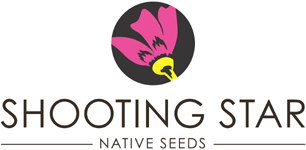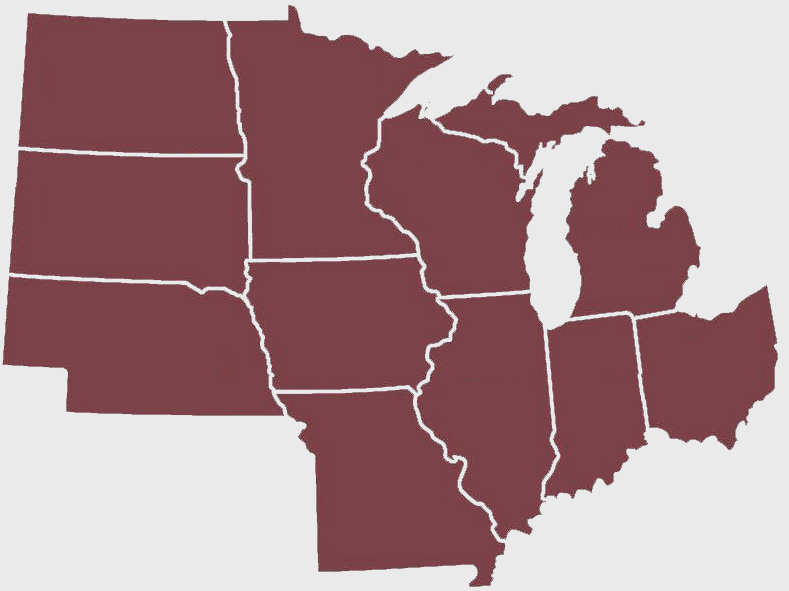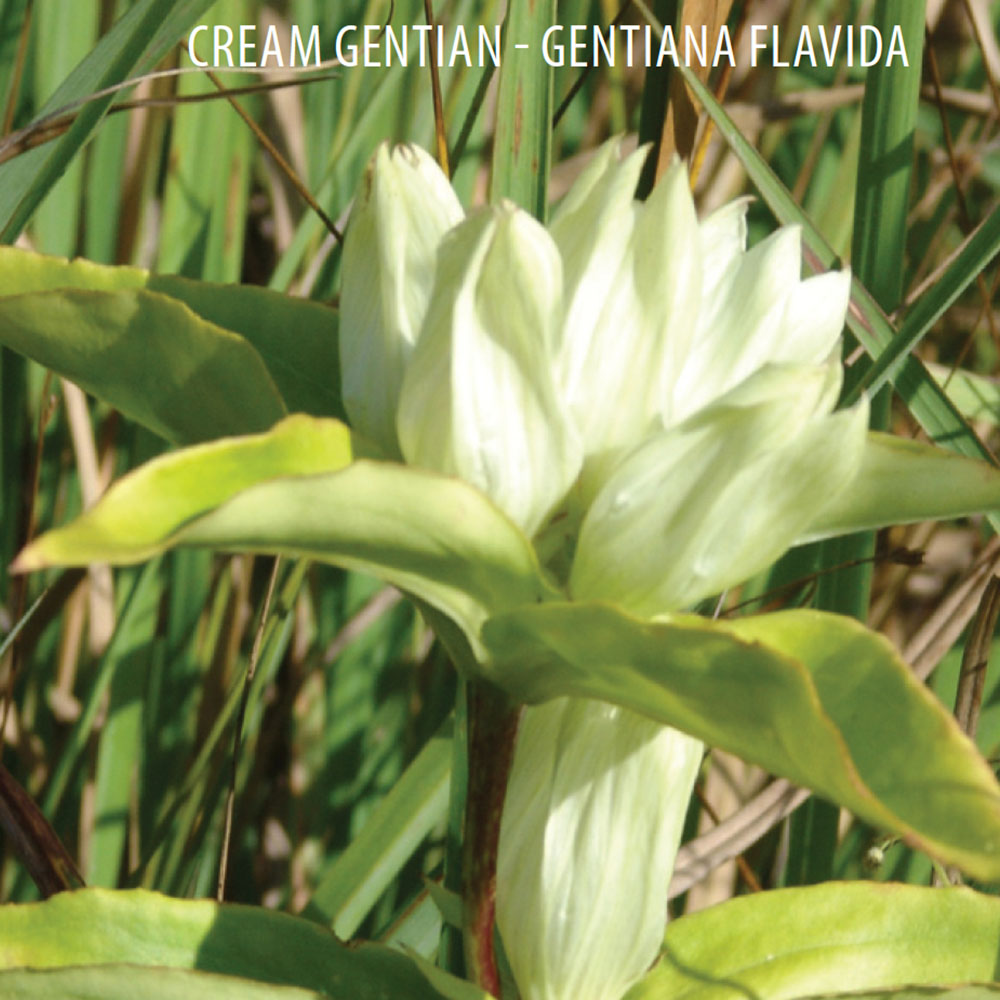
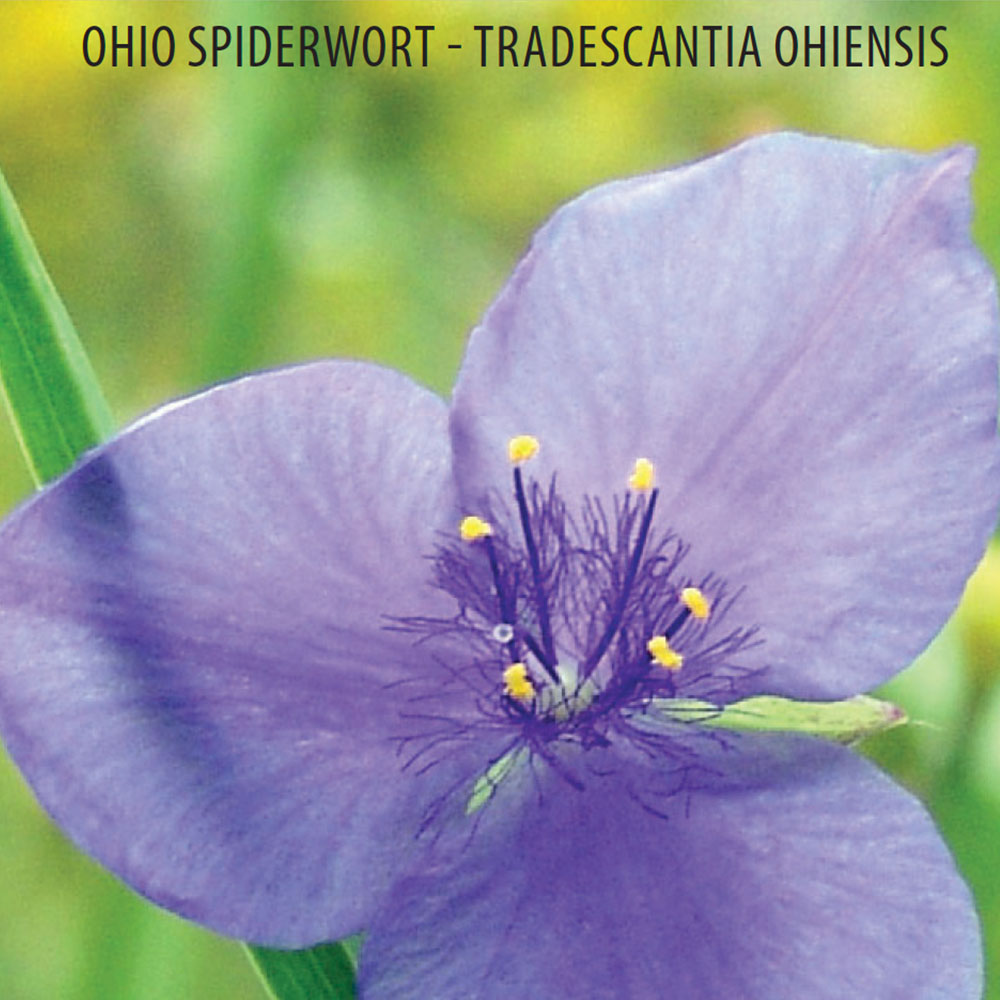
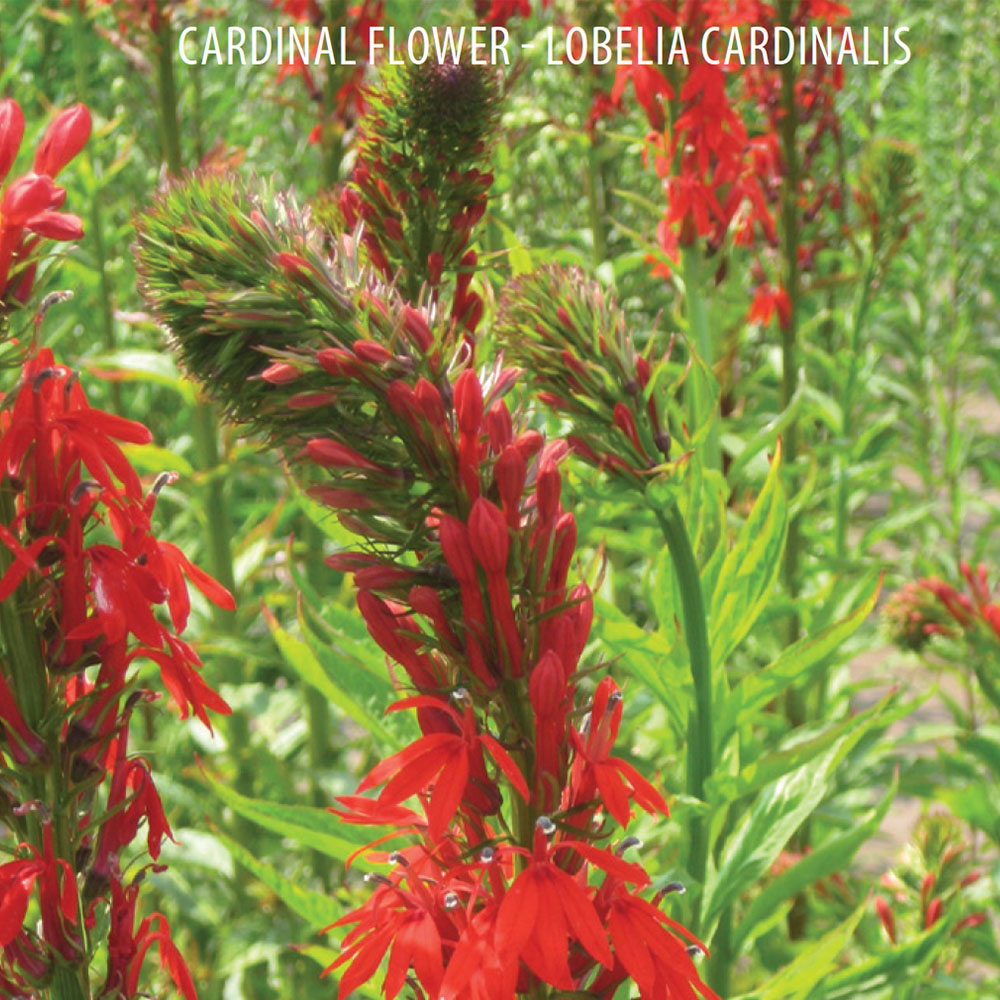
WHAT IS A NATIVE PLANT?
Native plants are species that grew naturally throughout North America prior to European settlement. At one time native plants blanketed millions of acres of North America ranging from Manitoba to the Gulf of Mexico. Most native plant ecosystems were destroyed in the mid-1800s to make way for agricultural crops, and it is estimated that less than one percent are still intact today.
WHAT ARE THE BENEFITS OF USING NATIVE PLANTS?
Wildlife: Native plants can create or enhance an ideal habitat for wildlife. With the right diversity of native plants in your landscape, you can provide protective cover for many animals, a food source for mammals, insects and birds, nectar for hummingbirds and butterflies, and larval host plants for butterfly caterpillars.
Erosion Control: Prairie plants have an amazingly deep root structure. In many native prairies across the Midwest, up to 70% of the biomass of a prairie is below ground. These deep-root systems help to stabilize the soil and eliminate erosion problems near lakes, streams, and rivers.
Low Maintenance: Native plants can generally thrive with little to no maintenance when grown in the right environmental conditions. Their deep root structure allows them to survive droughts and flooding, as well as flourish with little help from chemical applications.
Natural Beauty: Native plant communities consist of colorful flowers and majestic grasses that constantly change throughout the growing season. They create a beautiful landscape that can be enjoyed by all for future generations.
Check out this Native Roots Poster (PDF) to see just how deep prairie roots can go! (Artwork by Heidi Natura, Conservation Research Institute)

